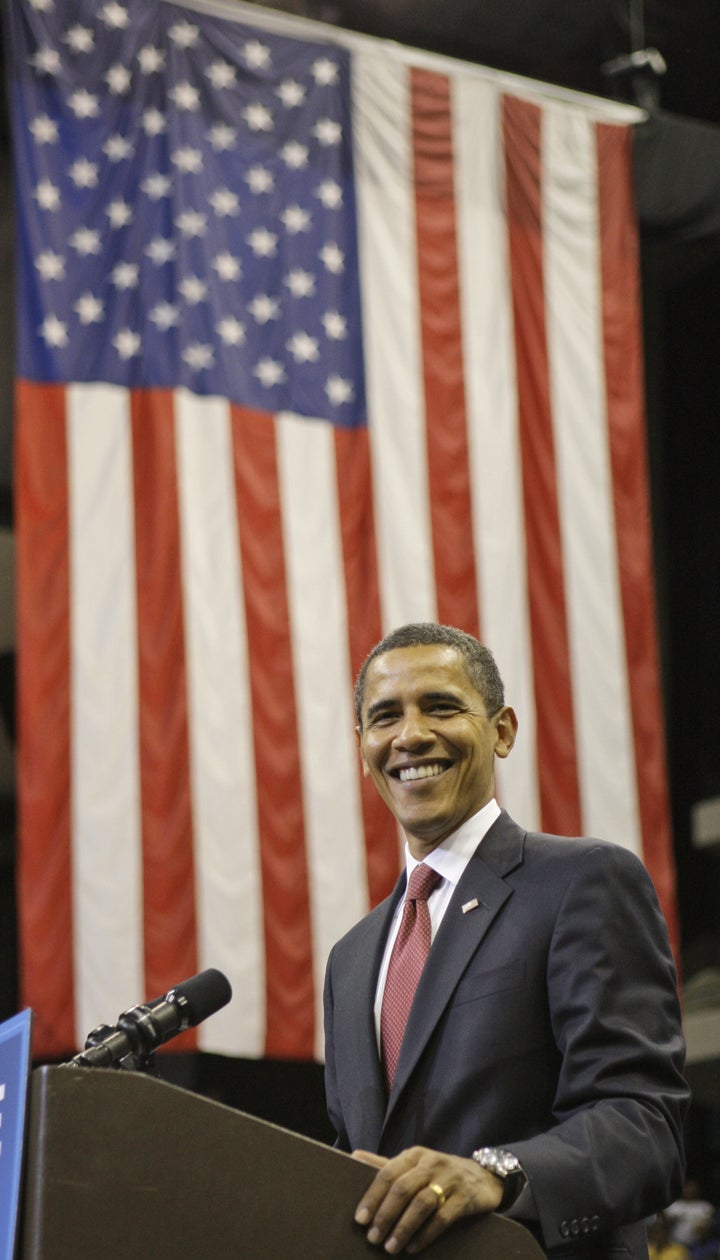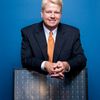
Those of us who work to spread the message of clean energy and energy efficiency need to learn from Barack Obama's presidential campaign and its unprecedented success at mobilizing young Americans.
Sure, the clean energy and efficiency industries may lack the hundreds of millions of dollars in donations that flooded into the presidential campaign. However, that does not mean we cannot take advantage of the kinds of free user-share media and online social networking systems that were utilized in such a sophisticated way by the Obama campaign, and that tens of millions of young Americans use constantly to share and receive information.
The purpose is practical, and the results could be huge.
We have to reach out to young Americans in a compelling and inspiring way if we want to truly make a difference in how our country thinks about energy and the environment. The Obama campaign used text messaging, the Internet and new media tools such as Facebook and YouTube, to help spread their message and inspire young Americans to become politically active. Everyone who works on behalf of clean energy and energy efficiency should do the same. We must connect with young Americans about the importance of energy efficiency and the benefits of being Energy Smart.
Research and experience both tell us that the younger generation can, indeed, be motivated to take simple, Energy Smart actions that reduce daily energy waste. Unplugging cell phone chargers when they're not being used, using a power strip to really shut off electronics that burn "standby energy" and--of course--turning off the lights when we leave the room are all basic things that make a huge impact when everyone does them (kind of like voting - a-hem).
Second, and our research bears this out as well, the high school or college-aged student who makes the connection between energy and the environment, and who understands that wasting energy simply wastes money while destroying the environment, is an individual who is much more likely to be tomorrow's purchaser of clean energy, hybrid cars and Energy Star appliances.
Imagine how the clean energy market would skyrocket if eight years from now the demand for clean energy grew to be ten times what it is today. Imagine the same for the demand of hybrid cars, and efficiently designed homes and appliances. Investment would grow, the technology could rapidly advance, prices would go down and the amount of carbon dioxide and other pollutants in the air would drop dramatically.
We must use the Internet to help young Americans make the connection between energy use and the environment. New media, especially websites like Facebook, MySpace, Twitter, YouTube and Think.MTV have real educational potential and have proven to be an extremely effective means for communication and viral marketing.
For example, the Obama campaign has nearly 1,800 videos on its YouTube channel and maintains over 18 million views. The Obama-Biden Facebook page boasts over 2 million supporters. It is clear the campaign realized new media was the best way to communicate directly to young Americans and as election results show, more young people than ever turned out to the polls and voted for Sen. Obama.
SmartPower, the nonprofit organization I lead that markets for clean energy and energy efficiency, uses the Internet and new media tools more and more every day. We've just launched a $10,000 Energy Smart Ad Challenge through YouTube. With it, we are reaching out to all people, especially young adults. We are messaging throughout our social networks to compel everyday people across America to compete in producing the best 30-second ad that inspires the public to conserve energy and be energy efficient.
When we hosted a similar contest last year on promoting clean energy, not only did we receive great ads from around the country, but those ads were also then viewed and commented on by thousands of people on YouTube. It proved to be an amazing forum for communication, and one that clean energy marketers must take seriously.
The message of clean energy and energy efficiency is one that everyone has a stake in and cares about once they're shown why it matters. It's a message young Americans will respond to if they are inspired instead of being made to feel guilty. Young people know the environment is suffering, that energy costs from fossil fuels are going to continue to rise, and they know that it's wrong to be dependent on unstable nations for oil.
So let's all copy what we can from the Obama campaign playbook, and start using the Internet and new media to turn the uninformed, energy wasting youth of America into the confident, Energy Smart leaders of tomorrow.
Brian F. Keane is President of SmartPower, a nationwide marketing organization dedicated to promoting clean, renewable energy and energy efficiency. www.smartpower.org
